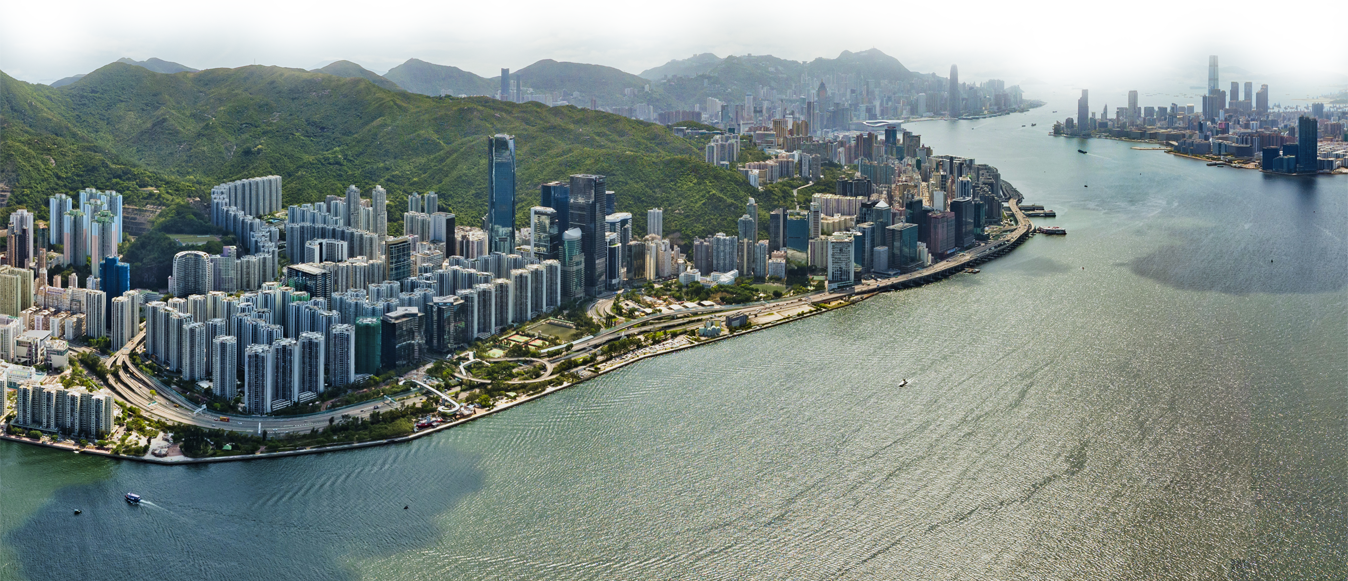Copyright © 2024 Swire Pacific Limited. All rights reserved.
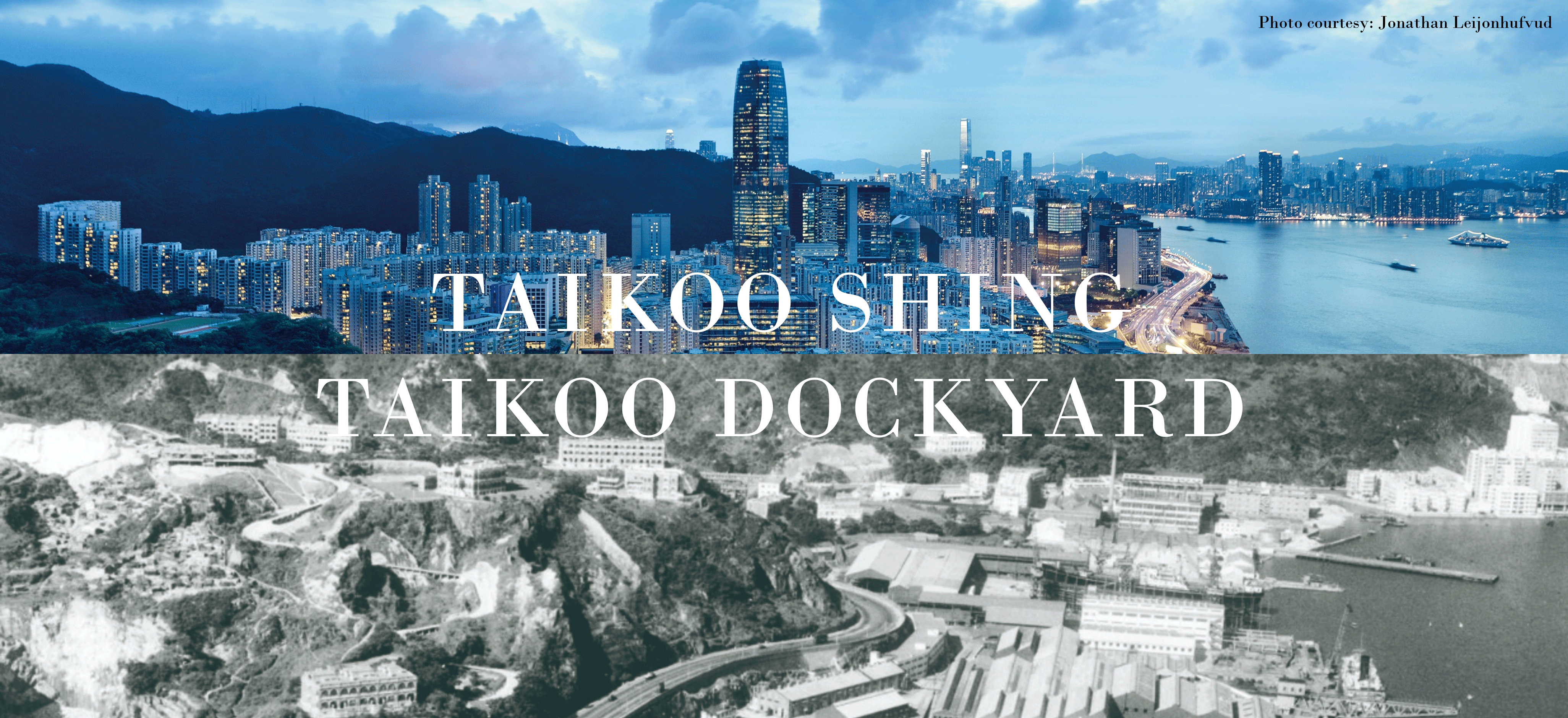
Completed in September 2022, Two Taikoo Place is the latest addition to Swire Properties’ business portfolio at Quarry Bay, in the Eastern district of Hong Kong Island. The 42-storey, triple Grade-A office tower was designed and built to industry-leading sustainability standards, achieving platinum ratings from LEED, WELL and BEAM Plus. It was one of the first buildings in Hong Kong to be WiredScore and SmartScore certified for its cutting-edge technology and digital connectivity and incorporates numerous features that aim to enhance the lifestyle and wellness of tenants and the local community, including almost 70,000 square feet of green open space and water features at Taikoo Square and Taikoo Garden.
Beginnings
Two Taikoo Place sits on land that has been at the centre of Swire’s business interests in Hong Kong for over 140 years and the ethos of quality “placemaking” that has gone into its construction, continues a long tradition that goes back as far.
Established in Liverpool, UK, in 1816, Swire first came to China to trade in tea and silks, in 1866 opening an office in Shanghai, where the firm acquired its Chinese name of “Taikoo” (太古), meaning “Great and Ancient”. Hong Kong headquarters were established in 1870, at the hub of what was to become a burgeoning network of shipping trades.
Company town
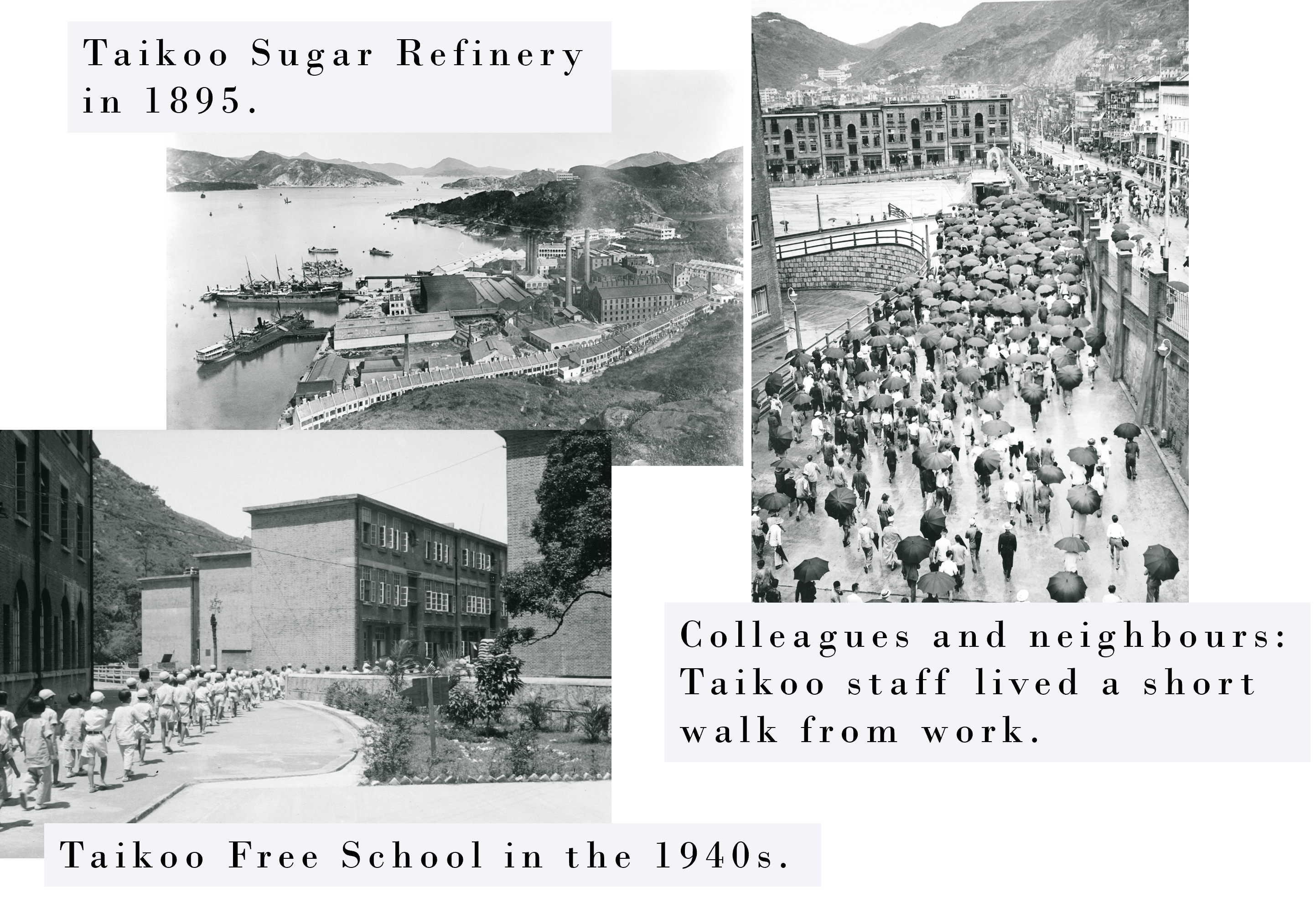
Swire acquired land at Quarry Bay in 1882 to build a sugar refinery - a major diversification from its core businesses of shipping and trading, but with obvious synergies to both. The viability of the enterprise depended on attracting a large workforce to what was then an isolated, undeveloped, and largely unpopulated spot, and Swire’s vision was to create a self-sustaining ‘company town’ for refinery workers and their families. The concept had been trialled in Europe by a handful of enlightened industrialists, but ‘Taikoo Village’ was unique in Asia and was Hong Kong’s first planned settlement. Well-designed and laid out to maximise light and ventilation, with open community and recreational spaces between buildings and a range of amenities, the development anticipated – and exceeded - Hong Kong’s first building legislation by two decades. The rationale was simple: to nurture a contented workforce, who would help the business to flourish.
Taikoo Sugar Refinery went into production in 1884 and was immediately successful; the refinery was progressively enlarged, with each phase of building bringing further upgrades to the Taikoo Village and its environs: electricity was introduced in 1892; a large reservoir created in 1893; hundreds of trees were planted to stabilise hillsides and improve air quality.
Industrial heartland
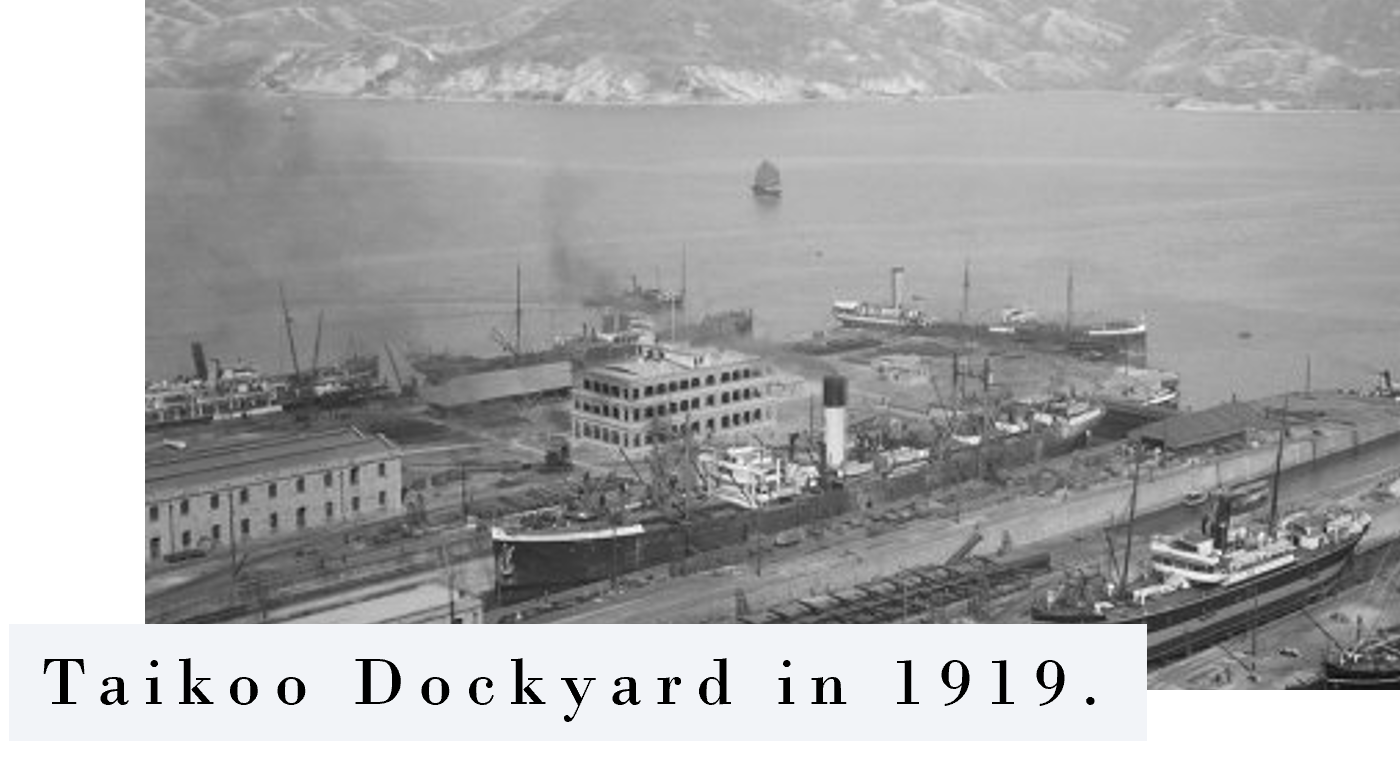
In 1900, more land was acquired to the east of the refinery for the construction of Taikoo Dockyard, which opened in 1907. One of the largest and most sophisticated facilities of its kind, Taikoo was able to accommodate the biggest ships in the world and was soon one of Hong Kong’s leading employers. Additional housing was built for its growing workforce and then, in the mid-1920s, a major redevelopment project saw both the refinery and Taikoo Village substantially enlarged and modernised; a free school (today’s Taikoo Primary School) was opened for workers’ children in 1923.
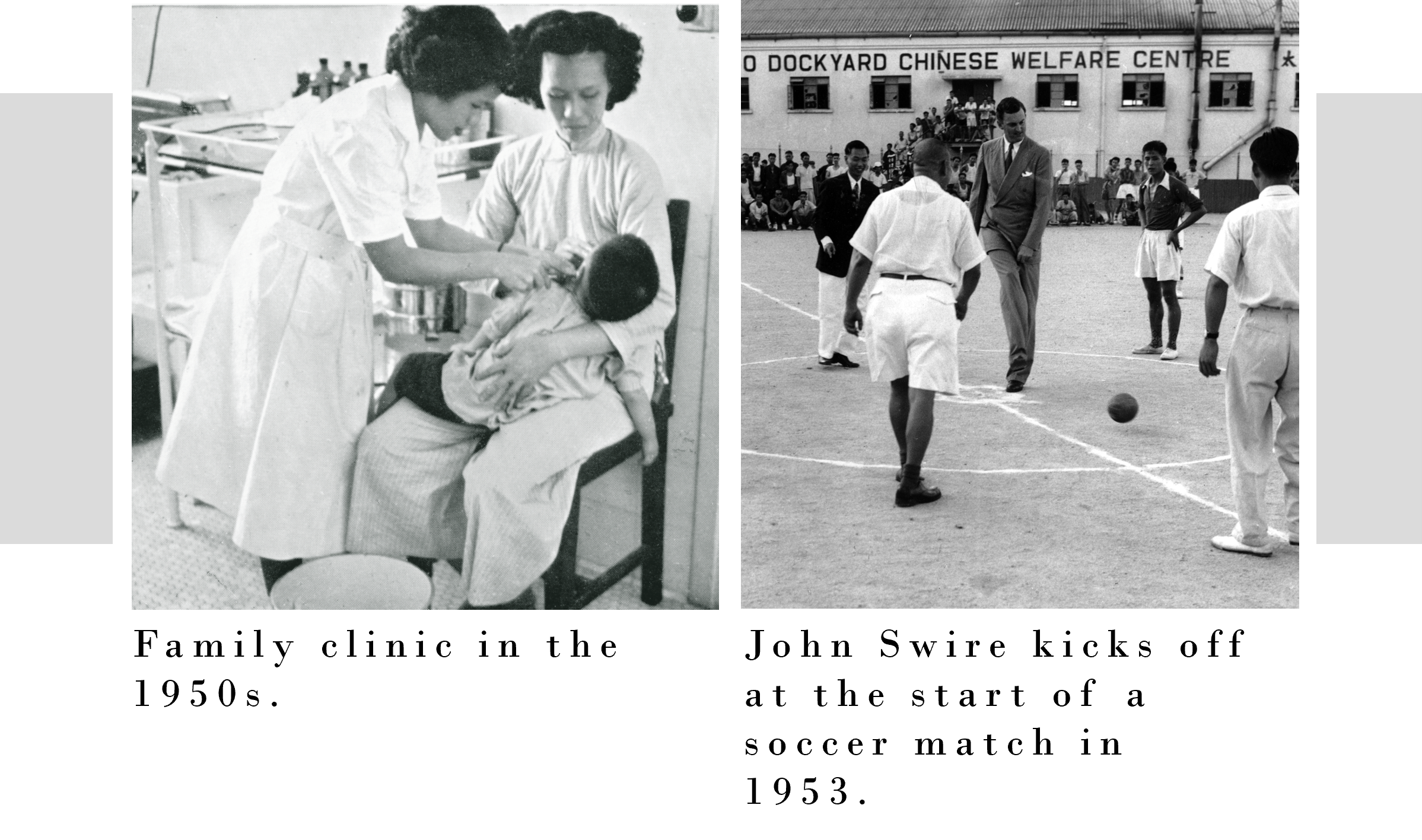
Fortunes of war
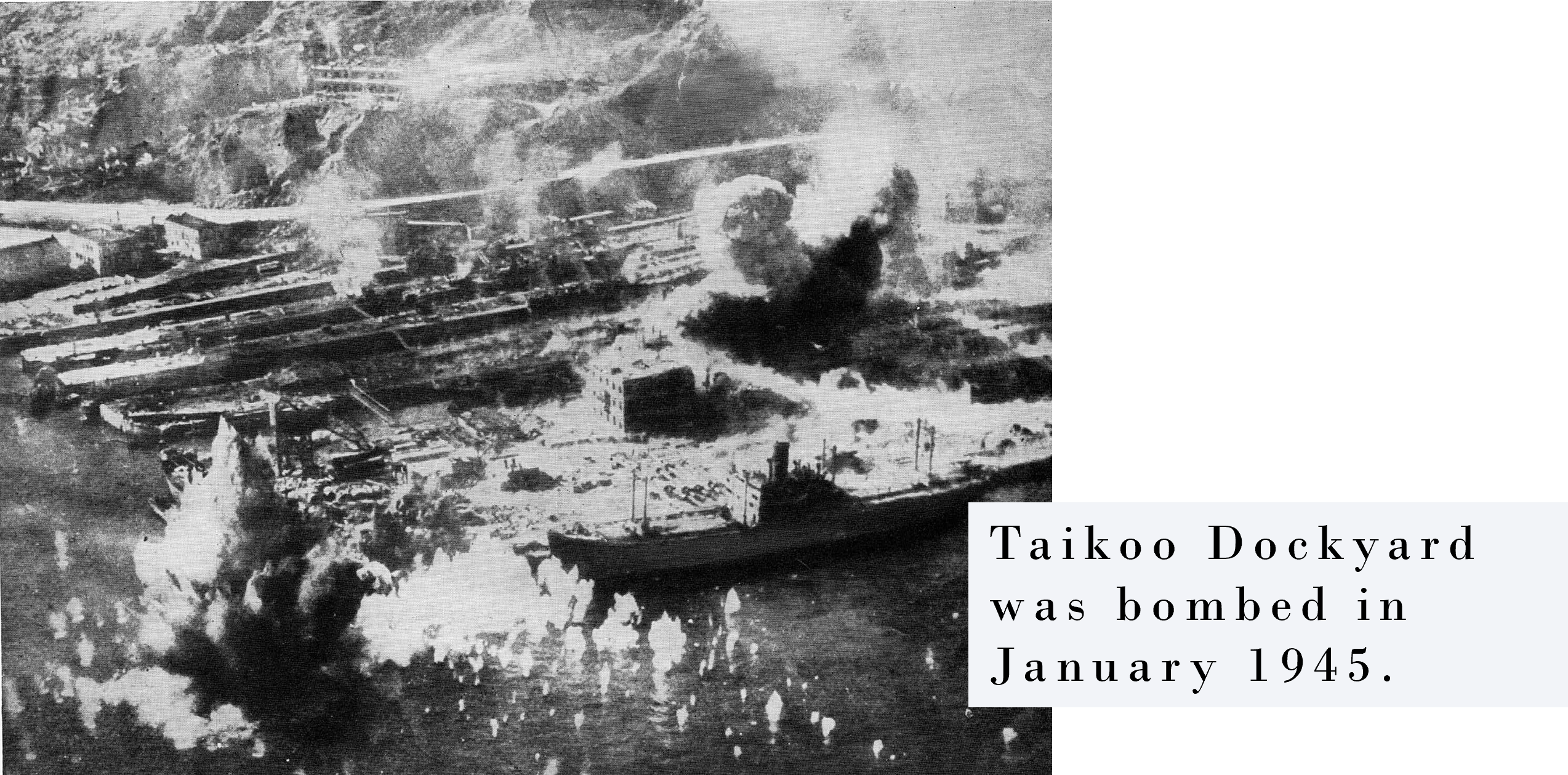
During World War II, the Japanese forces occupying Hong Kong took over the strategically important Taikoo Dockyard and Taikoo Sugar Refinery, with the result they became targets for Allied bombing and were all but destroyed. At the end of hostilities, the facilities were gradually rebuilt and there was major rehabilitation of the housing stock, with the addition of new sports facilities and a welfare centre. Swire also added to the scope of its industrial interests in Quarry Bay with the transfer of a paint manufacturing business from Shanghai in 1948 and the formation of a local joint venture, Swire Duro.
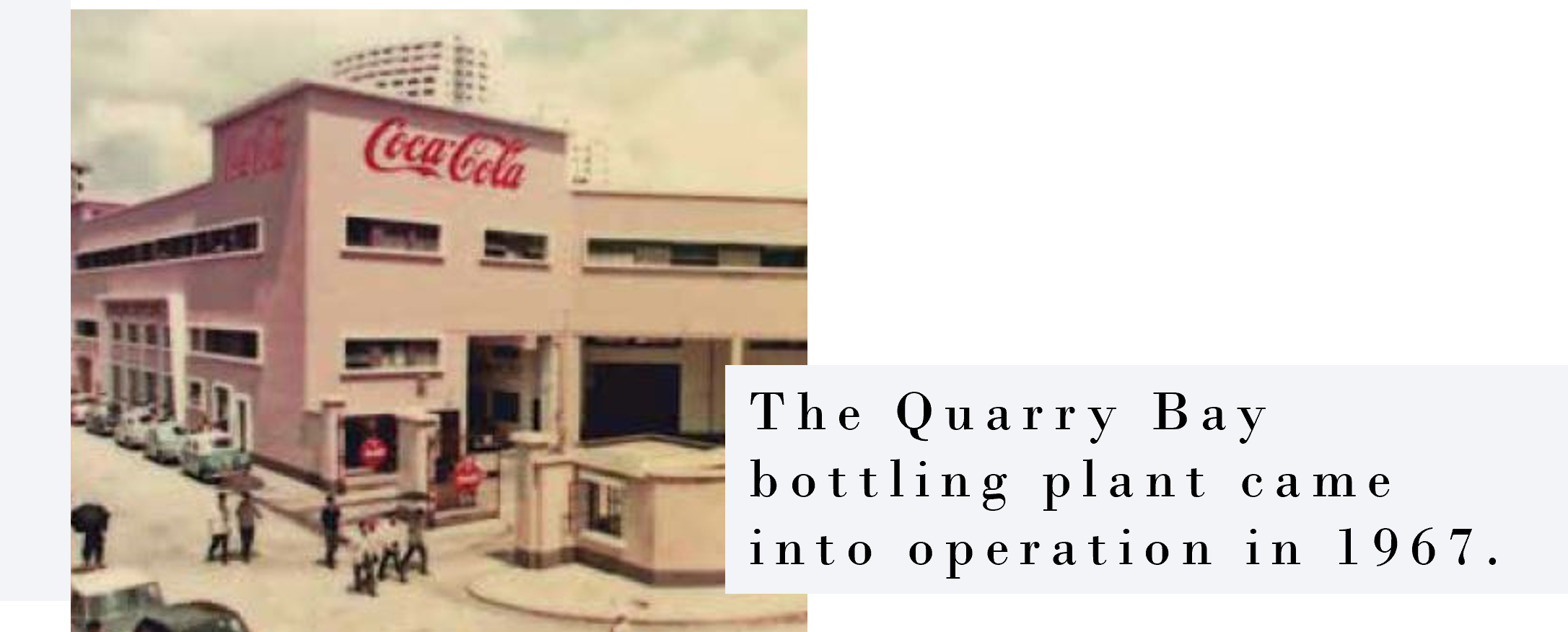
In 1965, Swire acquired Hongkong Bottlers Federal, an American company that held the local franchise for Coca-Cola. It was a logical move, given that in Quarry Bay Swire had access to two vital ingredients for soft drinks: sugar and water. New bottling plants were built here and in Tsuen Wan, as part of the firm’s strategy to grow the brand - doubling capacity and facilitating fast, efficient distribution on both sides of the harbour. With a new influx of workers to Quarry Bay, the 1960s saw older buildings replaced with modern blocks of flats, and by 1968, Swire was providing subsidised housing for 9,550 people.
Grand designs
But by the 1970s, Taikoo Sugar was struggling to compete with regional competitors, while Taikoo Dockyard faced capacity constraints, and Swire was forced to rationalise both businesses and close the Quarry Bay facilities. Swire Properties was formed in 1972, with the ambitious and far-sighted plan of transforming the two sites - some 100 acres of former heavy industrial area - into a desirable residential district. While the refinery was redeveloped as a light industrial park, Taikoo Trading Estate, the dockyard gradually made way for the 61-tower residential estate, Taikoo Shing, alongside a mixed-use development, the business and retail centre known as Cityplaza.
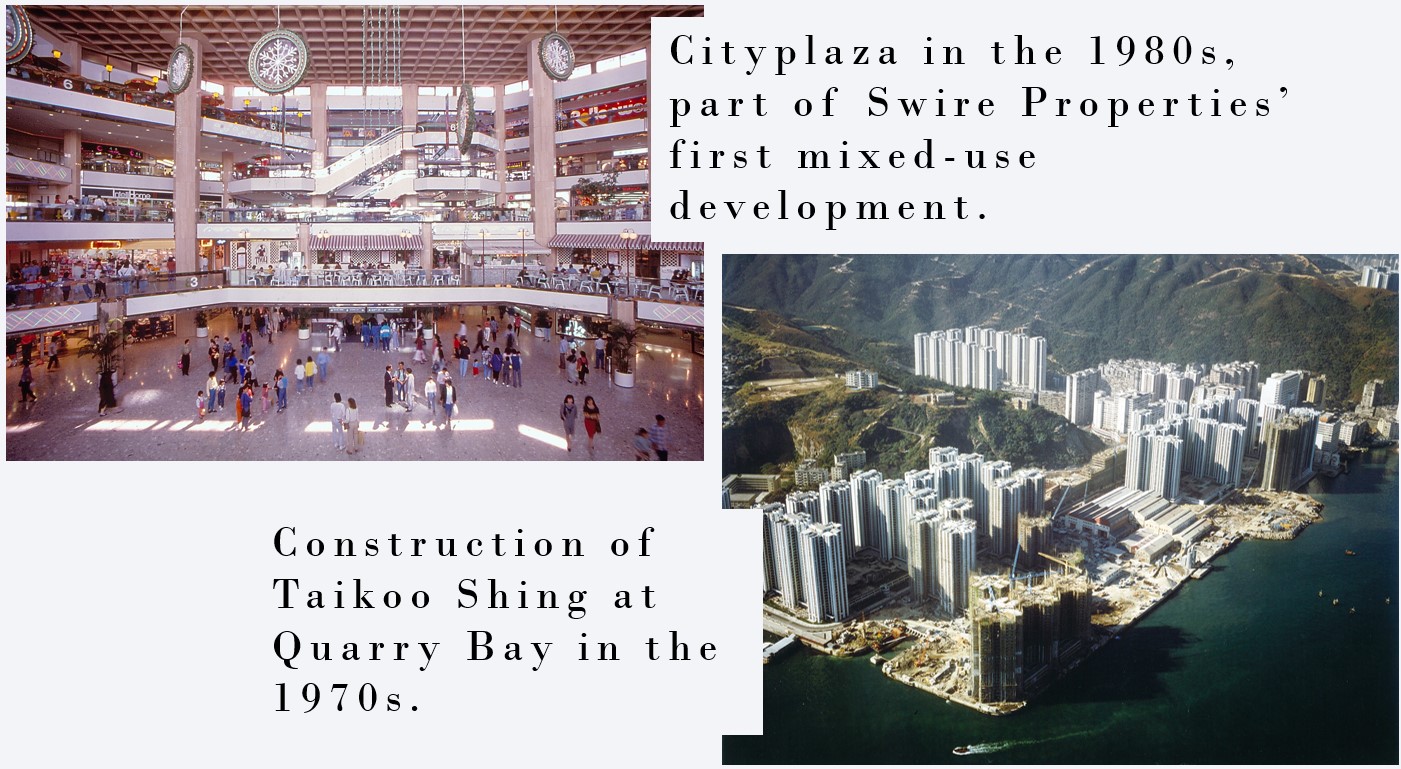
Taikoo Shing means ‘Swire City’, Swire Properties employed Hong Kong’s first landscape architect to create attractive community spaces that were as far away as possible from the typical urban sterility of large high-rise estates and where families would want to live and play. The Cityplaza mall, with its large retail component, as well as restaurants, cinemas, and an ice-rink, was unique in Hong Kong when it opened in 1982. With direct access to the Mass Transit Railway at Taikoo Station, (Swire is the only major Hong Kong business that has given its name to an MTR station), it quickly became a major shopping and leisure destination in its own right.
A new business hub
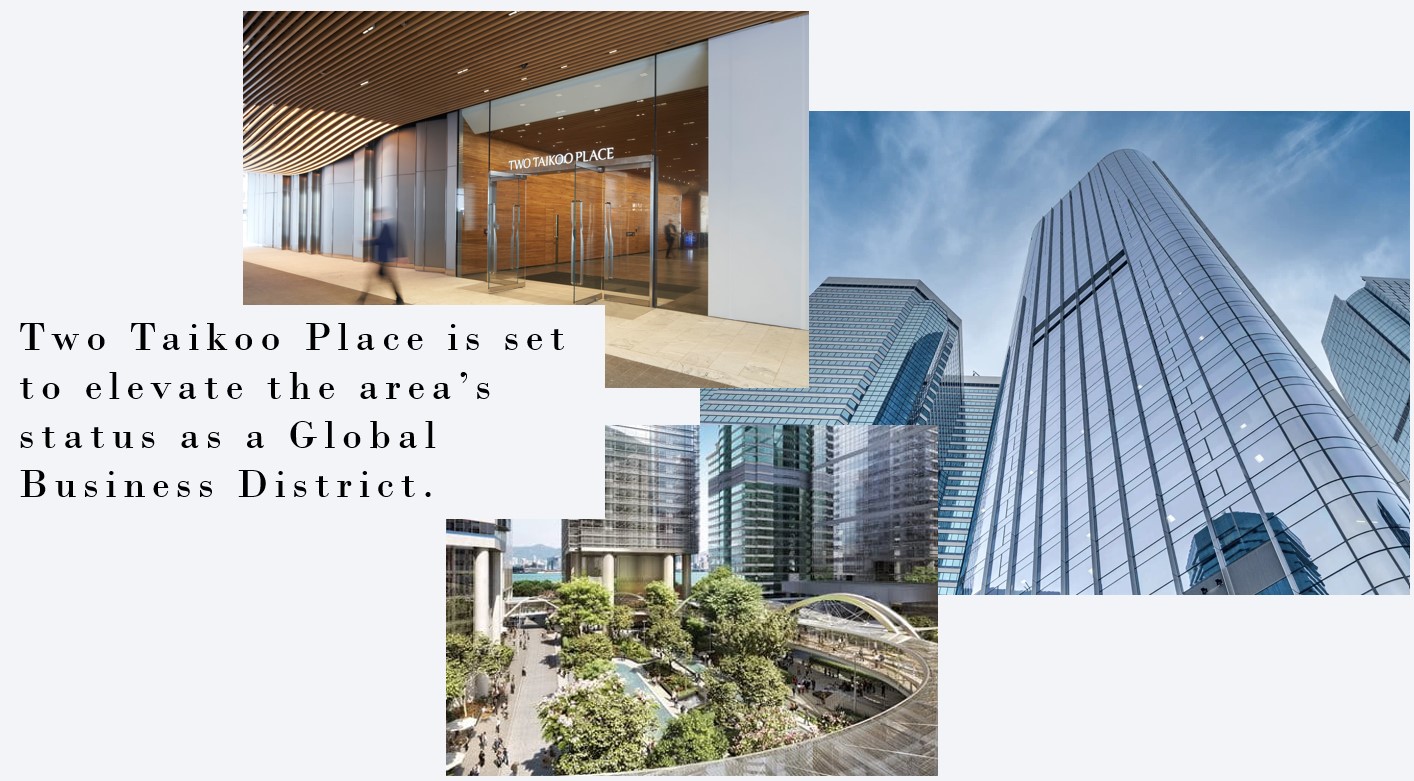
In 1989, the opening of the Eastern Harbour Crossing and Quarry Bay MTR interchange between the Island and Kwun Tong [Kowloon] Lines, coming at a time when Hong Kong was getting into its stride as a banking and financial centre, offered the opportunity to create a new business district anchored to this major transportation hub. Swire Properties began redevelopment of Taikoo Trading Estate into Taikoo Place, with the first Grade A office tower, Devon House, completed in 1993, on the site of the former Swire Duro factory. Five more towers opened before 2000, by which time ‘Island East’ as the district came to be known, was fast becoming Hong Kong’s largest commercial centre.
Swire Properties has continued to transform the portfolio, with notable developments including the opening of a business hotel, EAST, owned by Swire Hotels, in 2010. In 2014, the company began the HK$15 billion Taikoo Place redevelopment project to replace the last of its 1970s-80s era blocks. One and Two Taikoo Place, completed in 2018 and 2022, are key components in Swire Properties’ longer-term ambition to elevate the area to a Global Business District.
Placemaking
Central to this strategy is the cultivation of a people-friendly neighbourhood that enjoys seamless connectivity, is well-served by amenities, and where the community can enjoy better physical and mental wellness through access to greenery, as well as social and cultural event spaces. Artworks are on permanent display in public areas and a range of community events are organised to encourage social cohesion. Much as Taikoo Village set standards in terms of design, quality of construction and liveability 140 years ago, so Swire Properties’ placemaking philosophy has ensured this location continues to nurture its community, so that those who live and work here can enjoy healthier, happier, and more fulfilled lives.
